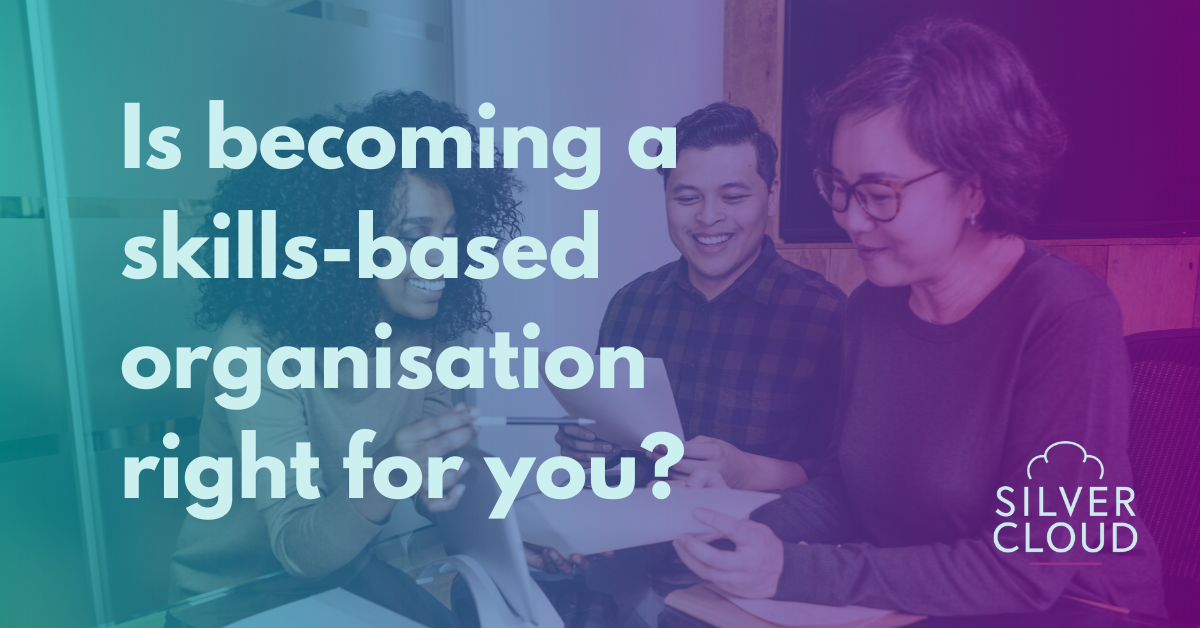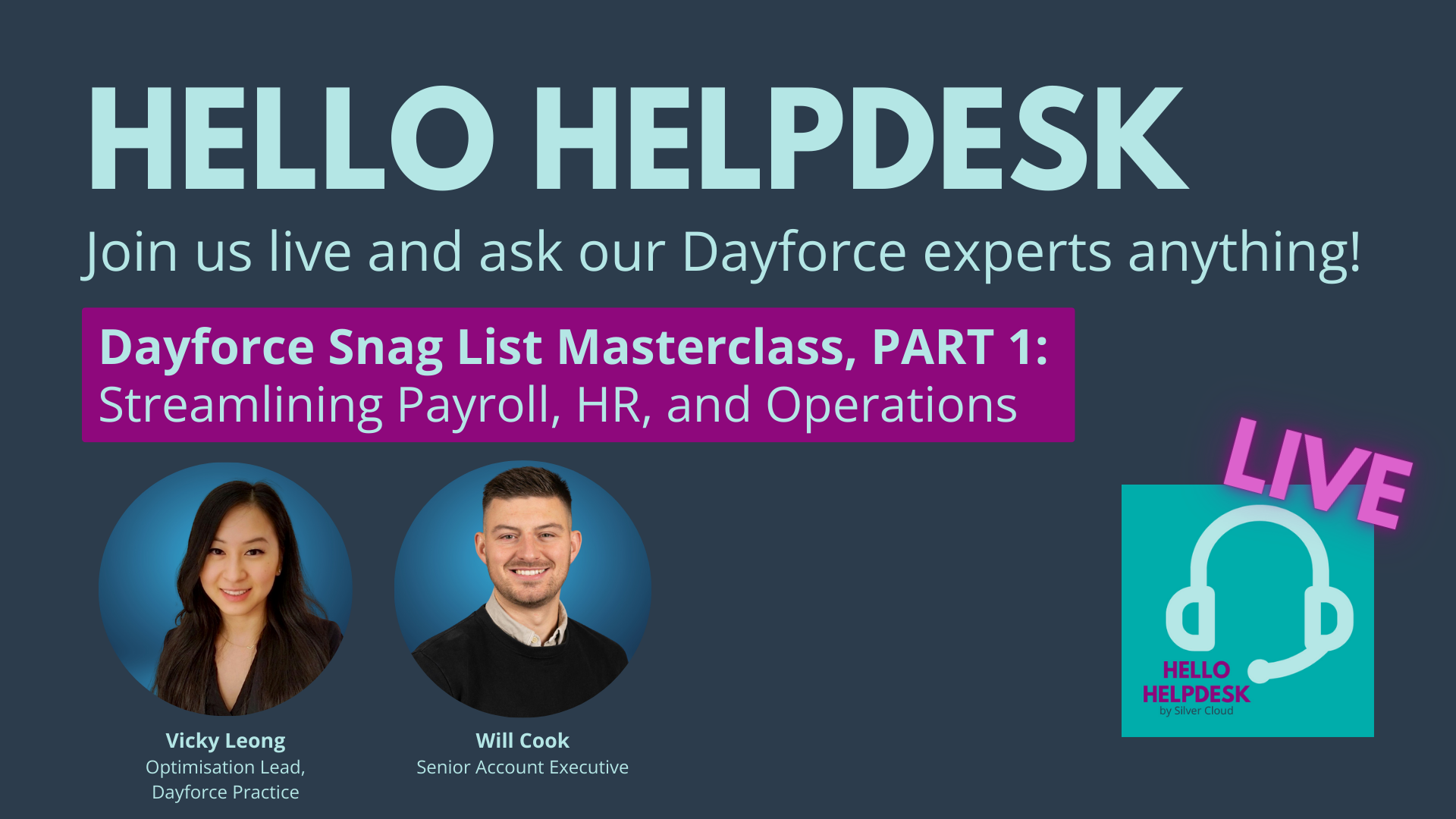Five mistakes to avoid when selecting and implementing a new HR system
by Silver Cloud

If you're in the market for a new HR or payroll system, no doubt you've done some research into what's out there.
What may be a little harder to ascertain however, are some of the typical issues similar organisations to yours may have encountered during their selection process and beyond.
You are in luck however, as we've put together a list of some of the most common HR system selection and implementation 'mistakes', based on years of experience working with clients, along with some tips on how to avoid them...
1. Not having a project plan for your selection process
Failing to plan your selection process (as well as you would plan the implementation for example), can mean you end up choosing the wrong solution, take twice as long as necessary and finding yourselves thousands of pounds out of pocket thanks to an unsuitable system you can't contractually escape.
Before you speak to any vendors, work with the relevant stakeholders, or your procurement team if you have one, to put down on paper high-level timescales and the activities that are required at each stage of the process.
This may include:
- Requirements gathering
- Agreeing on selection criteria
- First round of demos
- RFP process
- Agreeing agendas for subsequent demos
- Second round of demos
- Third round of demos
- Reference calls
- Sign-off procedures with the Steering Committee or budget holder
Once you have a plan, block out the relevant time for demos in all Stakeholders calendars so that busy diaries do not hold up your process.
If you let the demos drag on over too many months you will either forget what you’ve seen or they will begin to blend into one and then you will have to start the process again. Taking too long can also mean that functionality changes as cloud based systems are progressing rapidly.
2. Not resourcing your project appropriately
It isn’t rare to hear that an HR Manager is going to manage their HRIS implementation themselves. This is fine, and we would generally encourage this as it allows them to understand the context and data within which they are working and really understand their new solution. However, it is not possible to manage a system project in addition to a day job, or at least without working into the night and weekends!
An HR system implementation takes a lot of planning, thinking, doing, testing, training, and tweaking, and it really isn’t possible to focus on something so big whilst trying to keep a client base happy or a payroll running if you want to get it right.
Regardless of the size of the project, you will need a dedicated Project Manager and SMEs for each workstream who have the capacity to fulfil these roles. If you don’t want to hire consultants to support you, you will need to bring in temporary resource from elsewhere in the business to backfill your roles.
3. Not running it as a project
Believe us, this happens. It might be called'a project' but it’s not being managed like a project. You don’t need to follow a Prince 2 manual word for word but you do need clear project objectives, success criteria, a steering committee, a strong Project Manager, clear governance with at least a weekly project meeting and a realistic plan for each of your phases.
Without this, your project will drag, your scope will begin creeping into a whole new direction and the resource won’t know what to do next. Keeping it formal and structured can never be a bad thing.
4. Not allocating resource to manage the system post go-live
HR system projects are not cheap and you can spend hundreds of thousands of pounds getting a system live. However, it is important to remember that your HRIS journey does not stop once you are live, and, in theory, may never stop.
Once the project has finished you will be fine-tuning your configuration, updating and amending workflows and answering support queries. You will need to regularly audit your data, work with your vendor to apply updates and ensure that the business change activities have been completed to ensure your new ways of working are providing ROI.
Therefore, it is essential someone is allocated to do these tasks once the system is live. It is also important if you have a phase 2 in the plan. You do not want a project manager answering business as usual support queries from phase one whilst attempting to roll out phase two.
Our research shows companies tend to invest in a full-time resource to look after their system when they reach the 800 employees mark. This role will drive continuous improvement, and, if you get the right person, they should end up paying for themselves. Where you are not quite ready to take on full time resource to manage your systems, outsourced help such as the managed services we offer, could be the best solution, even if not permanent.
5. Not considering change management as a crucial part of your project
You will hear the term 'rapid deployment' frequently from software vendors who insist the software can be configured, implemented and live within just weeks. This is the term that frustrates us immensely. In our experience, clients don’t want their new system deployed quickly, but properly, and to a high standard.
In order to do this, you will need to prepare the business for change.
You will need to consider process changes across the whole HR remit, allaying data security concerns for cloud-based systems, training schedules for administrators and self-service users, amending payroll tasks, updating integrations, upgrading browsers – the list is long. You need to plan for this and this takes time. It is important that this part of the project is not forgotten as the success of the system will only ever be as good as the users who are logging in.
We are an open book when it comes to advice, so if you'd like to pick our brains on anything people tech, feel free to jump on to a call where one of the team can share some relevant, 1-2-1 advice and guidance with no strings attached!
Looking for implementation best practice?
Download our free ebook, packed full of best practice examples and guidance for each stage of an HR or payroll system implementation.




